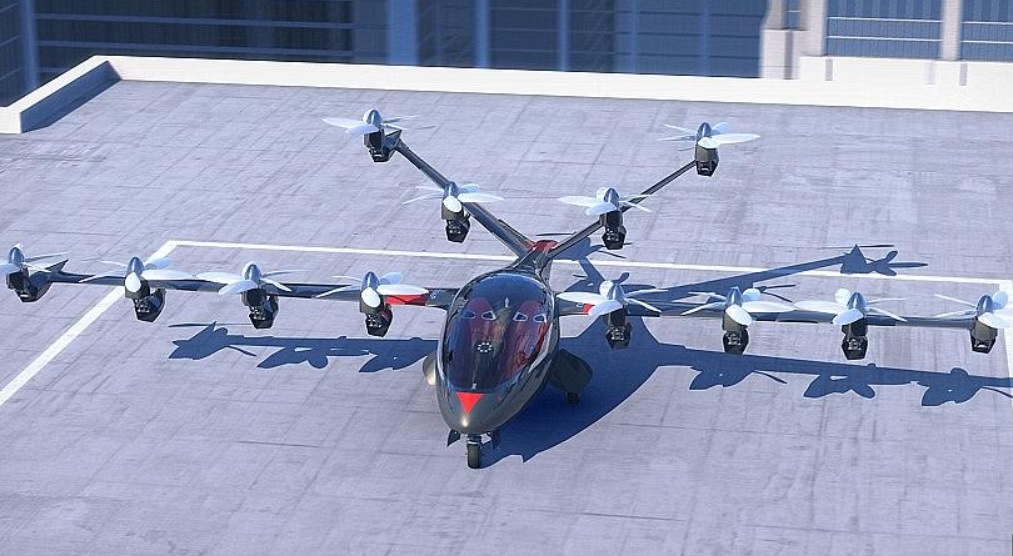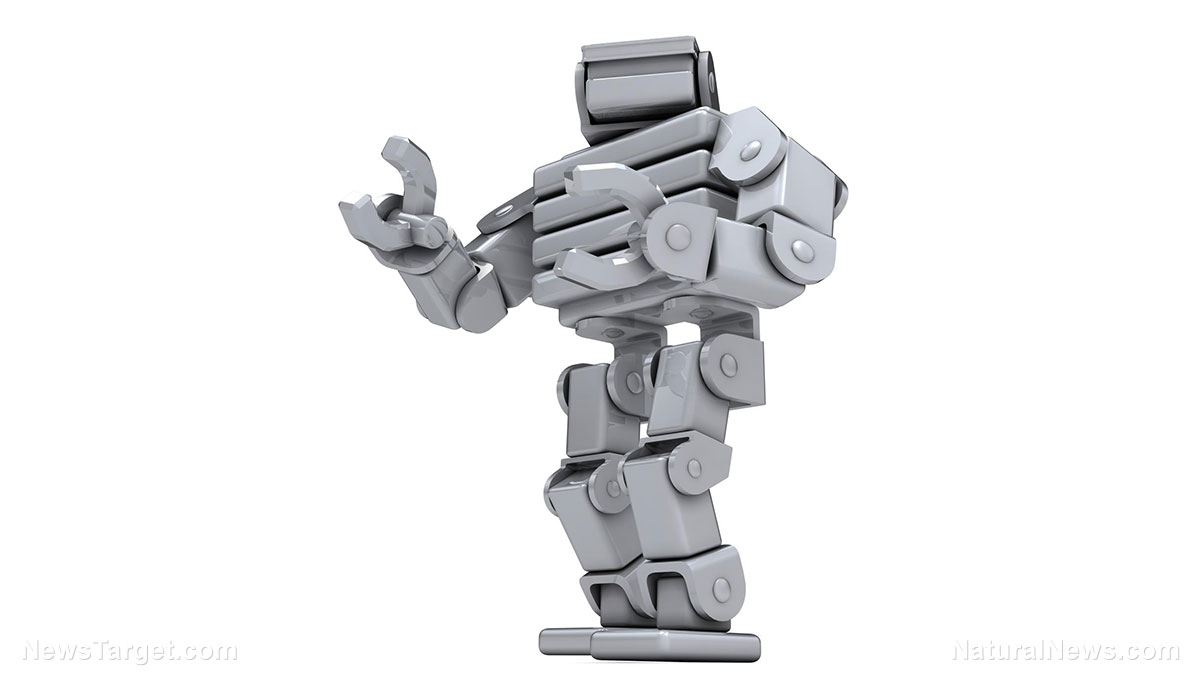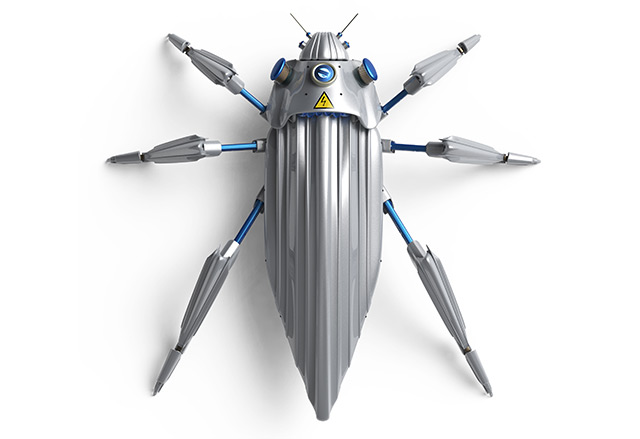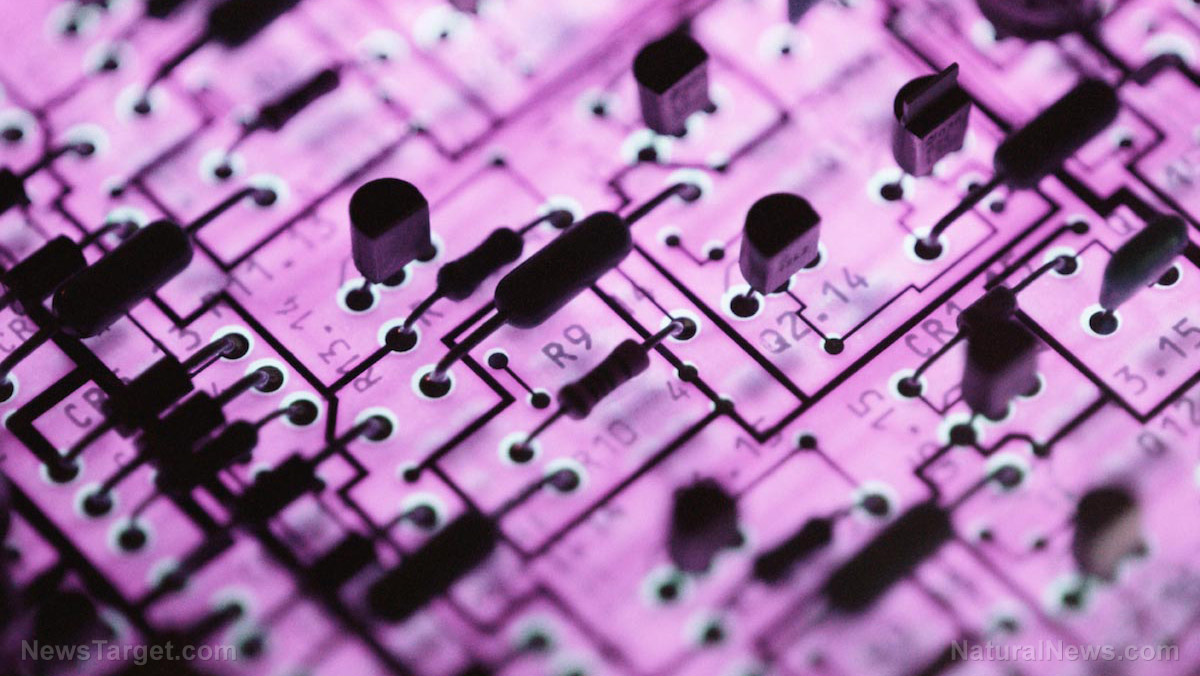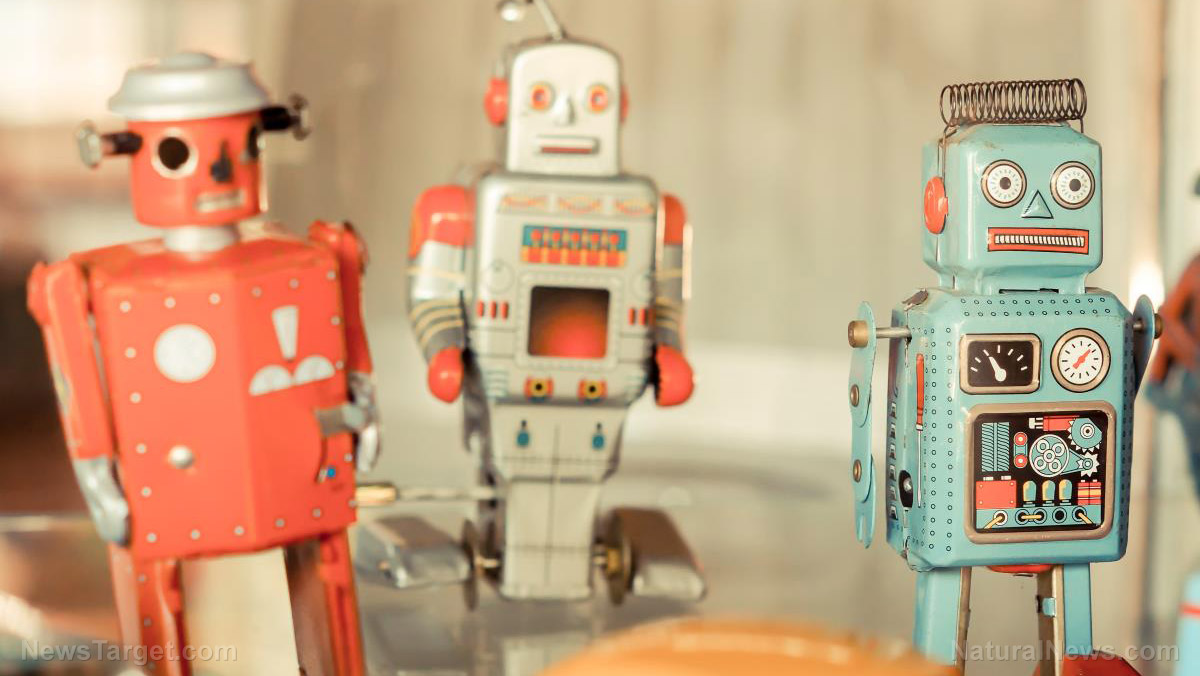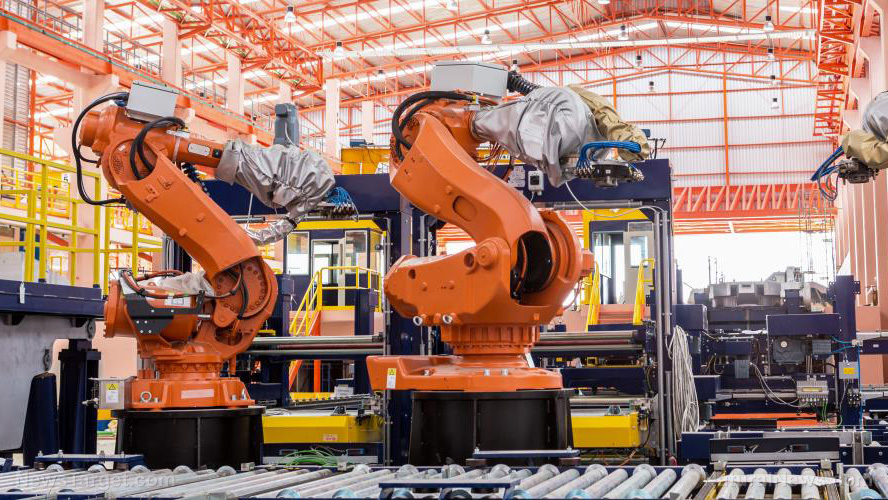The Fukushima disaster is comparable to a black hole: After three nuclear reactors collapsed to their core, they melted into an abyss of no escape. Since the disaster occurred in 2011, officials haven’t been able to catch a glimpse of what lies inside the ruins of reactor 3 — until now.
The Tokyo Electric Power Company (TEPCO) provides electrical services to areas sprinkled throughout Japan. The company’s power plant at the Fukushima Daiichi site was decimated by a tsunami more than four years ago. Since then, toxic levels of radiation have prevented authorities from peering inside the nuclear reactors, which is necessary to decommission the site.
Just recently, TEPCO sent a 3D printed robot with a smartphone attached to it inside Fukushima’s unit 3 reactor, which successfully relayed images inside the power plant back to officials. This is the first time authorities have been able to peer inside reactor 3 since the disaster in 2011.[1]
Sending the robot into the fray
Scientists developed the robot to withstand toxic levels of radiation inside the power plant, which could kill humans and severely damage other machines. The device was created with a 3D printer, equipped with a LED light and smartphone to send back photos to a remote computer wirelessly. The device can make 180-degree turns and navigate back and forth. Its design was intended to mimic a tank, which can drive more than five pumps up to five centimeters high.[1]
The footage reveals the robots navigating around the nuclear power plant mining for data. From the gadget’s viewpoint, the walls appear rusted and the floors, damp.
In early September, researchers discovered that the hatch was neither damaged nor leaking water from the inside. Although the floor was wet, researchers couldn’t figure out where the water was coming from. A crackling white noise can be heard in the video, which is caused by extremely high radiation levels inside the plant.
According to TEPCO, the 3D printed robot investigation was able to obtain valuable data inside reactor 3. The information gathered would give TEPCO a better picture of what lies inside the reactor and how they can go about cleaning it. Current estimates suggest it will take around 40 years to decommission the power plant.
Stay up-to-date on the latest technological breakthroughs with Robotics.news, powered by Fetch.news.
Shielding reactor 3
Although the decommissioning process is long and tedious, TEPCO has already had some success in cleaning up reactor 3. In November 2012, for instance, TEPCO announced plans to construct a cover that would encase unit 3. Back in August 2015, more than three years later, the company announced they would cover unit 3 as soon as they complete the clean up efforts at the site.
The section of the reactor that shielded the serviced floor was damaged in 2011, after a number of hydrogen explosions laid waste to the area. The intent of the cover is to protect the reactor and to thwart the release of radioactive particles into the air.
The fabrication of the cover has been under way since November 2013 at the Onahama works in Iwaki city. According to TEPCO, the cover was designed to be assembled quickly, so workers on site would be exposed to as little radiation as possible.[2]
TEPCO has an incentive to ensure workers are exposed to as little radiation as possible. In October 2015, the company acknowledged for the first time that one of its former employees developed leukemia as a result of radiation exposure.[3]
This radiation is the reason robots, instead of people, must be the ones sent inside the reactors. Hopefully, the data collected from the 3D robot inside unit 3 could aid officials in finally cleaning up and sealing down the reactor. In the meantime, residents inside the Fukushima Prefecture are left holding their breath in an extremely toxic environment.
Sources include:
[1] 3Ders.org
[2] World-Nuclear-News.org
[3] ActivistPost.com


